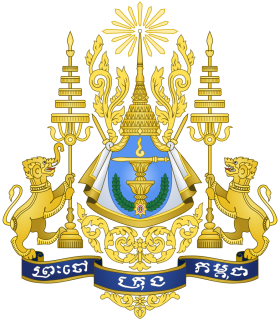Burkina Faso Wikipedia: "The Politics of Burkina Faso takes place in a framework of a semi-presidentialrepublic, whereby the Prime Minister of Burkina Faso is the head of government, and of a multi-party system. The President of Burkina Faso is the head of state. Executive power is exercised by both the President and the Government. Legislative power is vested in both the government and parliament."




















